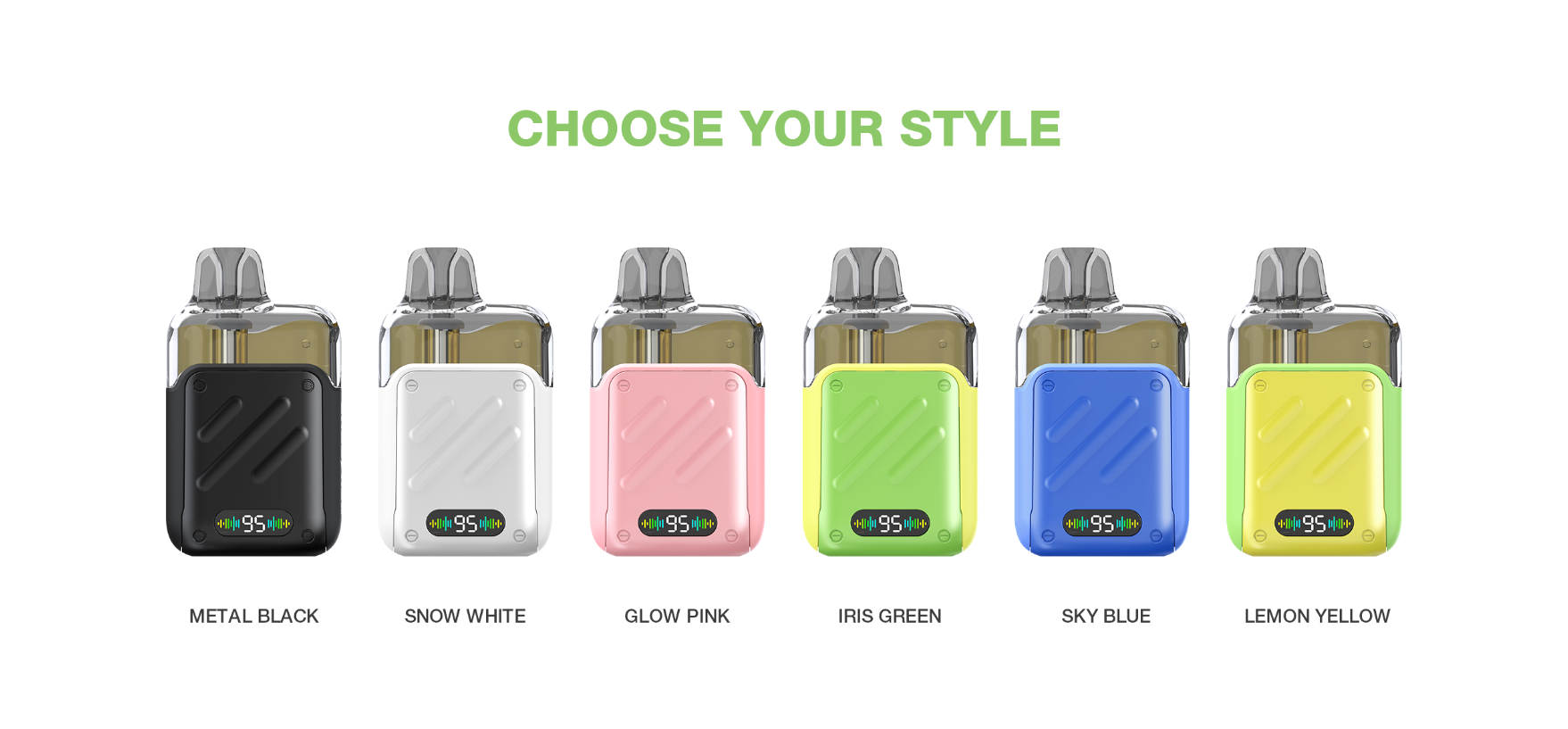WARNING: This product contains nicotine. Nicotine is an addictive chemical.
As vaping becomes increasingly mainstream, the concept of vape cabins has emerged as a solution to accommodate vapers while respecting the preferences of non-vapers. These designated spaces, often found in public or shared environments, aim to create a comfortable and controlled setting for vaping enthusiasts. But are vape cabins truly safe, or do they come with hidden risks?
This guide dives into the safety aspects of vape cabins, from air quality and hygiene to legal and social considerations. Whether you’re a seasoned vaper or curious about these spaces, understanding what makes a vape cabin safe is essential for a pleasant and worry-free experience. Let’s explore the ins and outs of vape cabins to help you make informed choices.
Vape cabins are designated spaces created for vapers to enjoy their devices without disturbing non-vapers. These areas are typically found in public venues like airports, clubs, or workplaces. Unlike traditional smoking rooms, vape cabins are designed with advanced ventilation systems to reduce secondhand vapor and maintain a clean environment. The concept is gaining popularity as a middle ground between personal freedom and public comfort.
However, not all vape cabins are created equal. While some offer state-of-the-art air filtration and spacious seating, others may lack proper maintenance, potentially affecting user safety. It’s essential to understand what makes a vape cabin truly safe before stepping inside.

One of the primary concerns regarding vape cabins is air quality. High-quality vape cabins employ powerful ventilation systems designed to minimize vapor build-up and maintain breathable air. These systems are crucial for preventing the accumulation of harmful particles, such as nicotine residues or flavoring compounds, in the air. Poorly ventilated cabins may expose users to excessive vapor concentrations, posing risks even to seasoned vapers.
Moreover, frequent cleaning and maintenance of vape cabins play a significant role in ensuring safety. A well-maintained cabin reduces the risk of bacterial or mold growth, which could thrive in the humid conditions created by vapor use. When visiting a vape cabin, look for visible cleanliness and ask about their air filtration systems to ensure you’re in a safe environment.
Safety in vape cabins isn’t just about air quality—it’s also about overall hygiene and personal habits. Shared spaces can become hotspots for germs if not properly sanitized. If you notice sticky surfaces, unpleasant odors, or visible grime, it may be a sign that the cabin isn’t being cleaned regularly, making it less safe for users.
Additionally, be mindful of the people around you. Not all vapers use their devices responsibly; some may overcloud the space with dense vapor, making it uncomfortable for others. Following basic etiquette, such as taking moderate puffs and keeping personal space, can improve the experience for everyone in the cabin.

While vape cabins aim to create a harmonious environment for vapers and non-vapers, they are not universally accepted. Regulations regarding vaping in public spaces vary significantly between countries and even cities. In some regions, vape cabins are a legal requirement in establishments, while in others, they might be prohibited entirely. Always check local laws before using a vape cabin to avoid unintentional violations.
From a social perspective, vape cabins can sometimes be stigmatized. Non-vapers may view them as unnecessary or intrusive, so being respectful and discreet when entering or exiting can go a long way. Public perception of vaping spaces can shape future policies, so advocating for responsible use is in every vaper’s interest.
